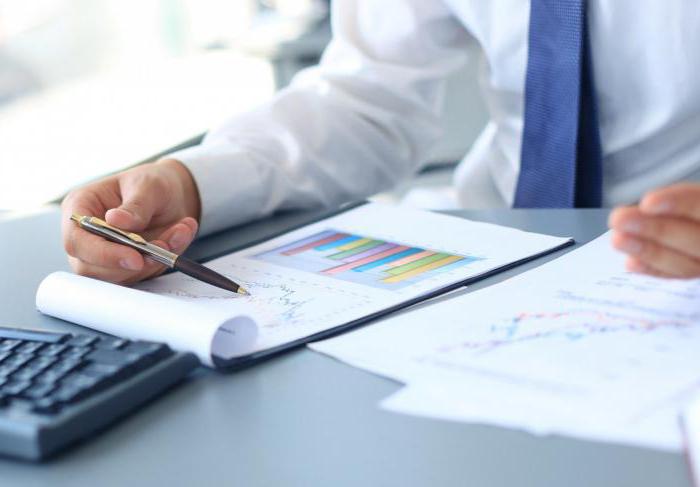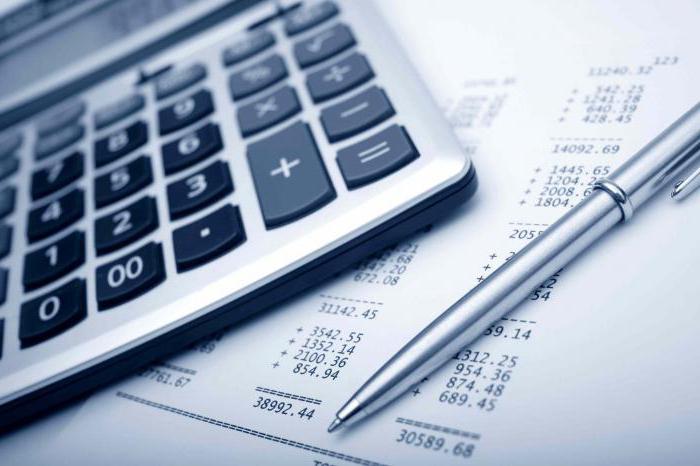Analysis of financial ratios includes all indicators of the state of the enterprise. It is impossible to make a correct assessment of the company’s work without a detailed review of the dynamics of liquidity, profitability and solvency. Indicators have a direct relationship, and when one of them changes, the whole structure can transform.

Information sources
Analysis of financial ratios is carried out using a large number of sources of information. One of the most popular is reporting companies. Financial ratios compiled from these materials and an analysis of such indicators provide initial information for further more detailed study of the organization. Objective quantitative and generalized characteristics obtained by the methods of continuous observation, documentation, systematization and combination of parameters allow us to observe the general situation with great accuracy.
All organizations are obliged to provide accounting documentation in accordance with generally accepted forms, which allows more systematic, and therefore relatively convenient and fast, financial ratios.
The tasks of financial analysis
Analysis of financial ratios involves a general and complete assessment of the organization's current activities, as well as its predicted potential. Among the goals pursued are:
- assessment of the objectivity of resource spending;
- accounting for internal reserves of financial position;
- building mutually beneficial relations with various enterprises and authorities.
The financial ratios of the company play an important role, showing the need for replenishment of working capital or its absence. Often, companies with an insufficient amount of working capital are forced to resort to loans to stabilize the situation.

In the final wording, the main tasks of financial analysis can be included in a small list:
- full assessment of the financial condition of the company;
- identification of factors that lead to deviation of indicators;
- forecasting the financial future of the company;
- development of solutions to increase the liquidity of the enterprise.
Financial stability of the enterprise
Also one of the important criteria is the financial ratios of the balance sheet. Such parameters, indicating the current sustainability of the enterprise, predict the need to make any changes in the structure. Studying the company's balance sheet helps to identify the rationality of using production, economic and financial factors that directly affect the performance of the entire enterprise.
In this case, the analyst should study the condition from the dynamic indicators of property and financial assets. To establish the general situation of the enterprise, an analysis of the value of the property is also carried out, since an irrational structure can lead to a deterioration in the financial situation.
Balance sheet
When drawing up the balance, you will need to familiarize yourself with international requirements, according to which, it is necessary to highlight the structures:
- financial aspect (capital);
- the aspect of investing (property, which is necessary to obtain liquidity data);
- solvency of the company (property and capital).

How are financial ratios analyzed?
The analysis is performed in several ways.
- The first is direct, performed on the basis of the balance sheet, without changing the composition of the articles.
- In the second case, the basis is comparative analytics and the application of the method of drowning homogeneous elements of balance sheet items.
- The third proposes to make balance adjustments to the inflation index, and then summarize the articles in the necessary direction.

Using these methods of analysis, financial ratios allow us to evaluate and predict the state of enterprises using accounting information.
Internal and external financial analysis
There are two types of financial analysis: internal and external. The first type is carried out by the employees of the enterprise. The second, also known as audit, is performed with the help of third-party specialists based on published data on the financial condition of the enterprise.
Financial ratios: formulas and meaning
The formulas for calculating financial ratios are very simple, nevertheless, it is necessary to clearly understand their meaning, since any mistake will significantly affect the overall result of the research.
There are several categories for studying the profitability of the enterprise. The first of these includes the liquidity parameters of the company.
In order to calculate the value of the financial ratios of the enterprise, you will need to familiarize yourself with their names, functions and formulas. First and foremost worth mentioning absolute liquidity ratio. It shows the share of debts of the enterprise, which can be paid immediately at the expense of finance or tangible property. To calculate this value short-term financial investments summed up with the current amount of cash of the company, and then the amount is divided into current liabilities presented in cash.

The financial activity ratio of an enterprise has an even simpler formula and is expressed as the ratio of borrowed capital to equity.
Quick ratio (or, as it is also called, a critical assessment) expresses the ratio of liquid assets in circulation to short-term liabilities. It is calculated by summing up cash, short-term investments and receivables divided by the current obligations of the enterprise.
The current liquidity ratio is also distinguished - it shows the amount of debts that can be covered by the turnover of assets that are currently valid. It can be calculated from the ratio of current assets to liabilities at the current date.
The financial activity ratio, as well as the absolute, urgent and current liquidity, represent a number of basic criteria with which it is necessary to begin studying the state of any enterprise.

Indicators of financial stability
A separate category for financial analytics is financial stability indicators company. Among them are:
- coefficient of financial independence, which is calculated from the ratio of equity to the balance sheet currency;
- the coefficient of financing, calculated as the private capital of borrowed funds and equity;
- the company's current debt ratio, calculated from the ratio of current short-term liabilities to the balance sheet currency;
- the coefficient of stability of the financial condition of the enterprise, which is found from the sum of own funds and long-term borrowed capital divided by the balance sheet currency.
The financial condition of the company
The economic category reflecting the state of finance in the process of their circulation, the self-development of the company and the ability to repay debt obligations - all this describes a concept such as the financial condition of the enterprise.
The calculation of financial ratios to assess the current state of the company plays an important role and helps to draw up the next steps for the development and expansion of the field of activity.A stable and stable state of finance is the main condition for the efficient operation of an enterprise. It also largely depends on the choice of optimal sources of capital, the correct structure of assets and their balance with liabilities, and most importantly, of course, on the ratio of fixed assets to finances in circulation.

findings
The main tool providing a complete overview of the material condition, advantages and development prospects is the calculation and analysis of the financial ratios of the enterprise. A variety of reporting verification methods will allow for multilateral analysis and the maximum amount of useful information about the company's profitability.








